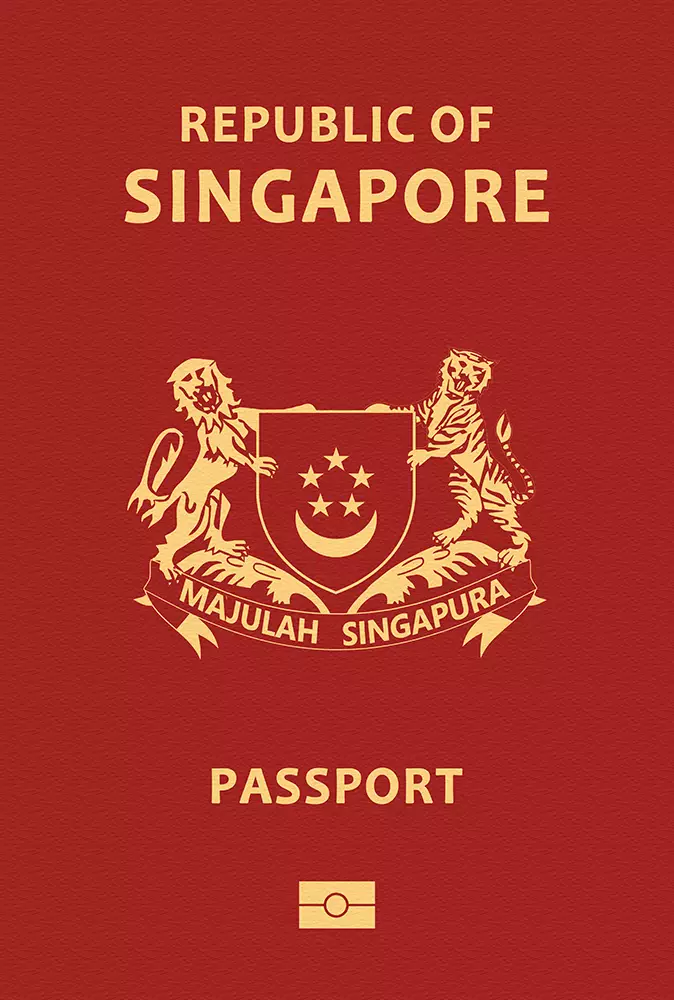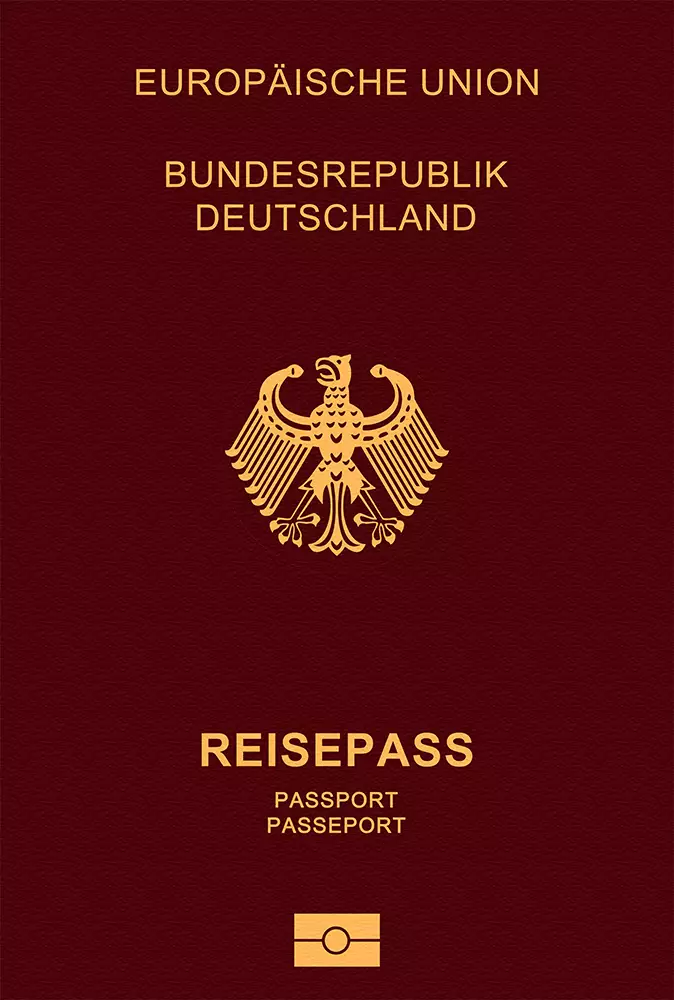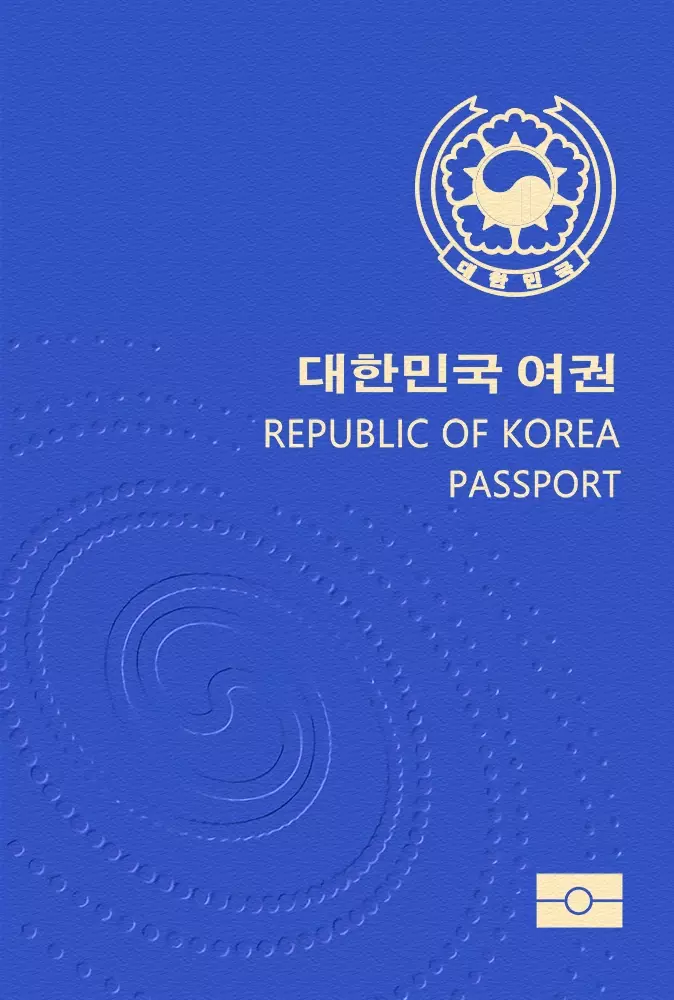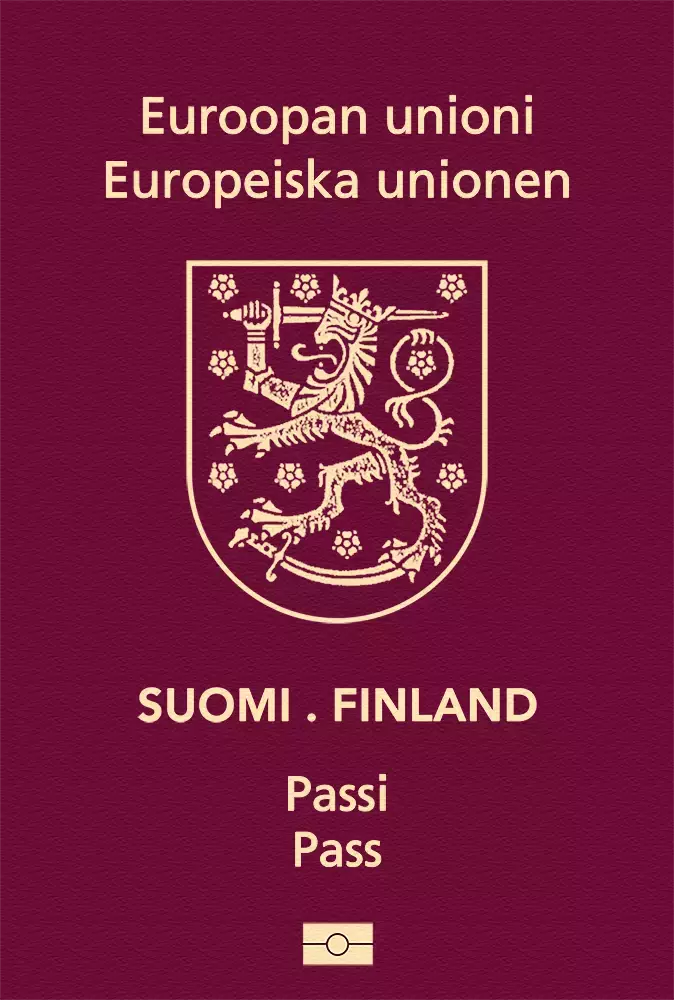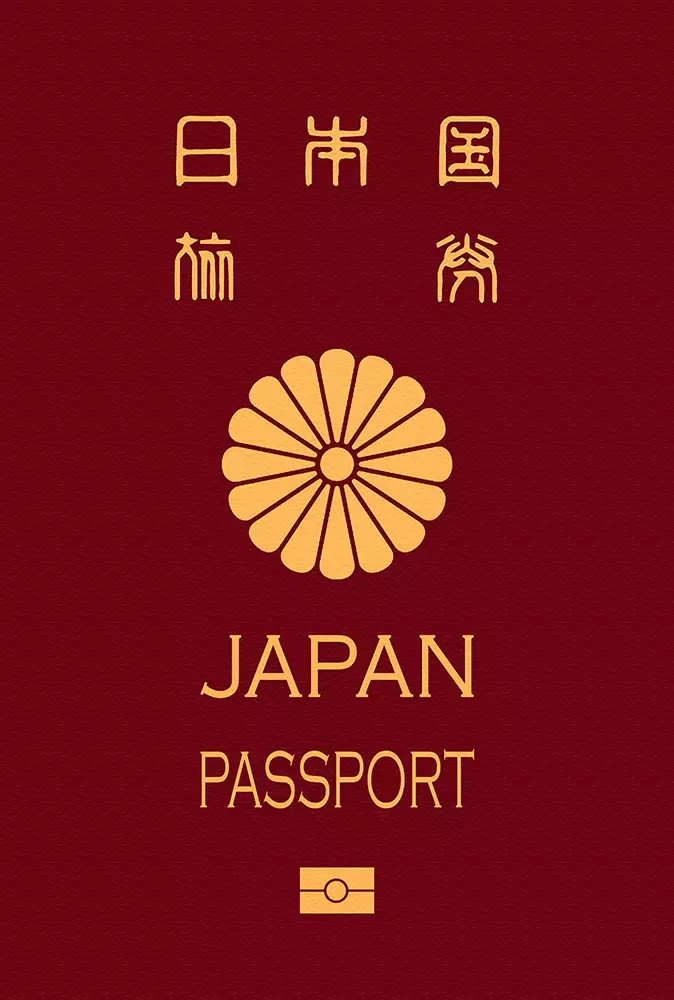24 governorates make up the Republic of Tunisia, a former French colony. The country is in Northern Africa, with Algeria, Libya, and the Mediterranean Sea on its borders. Tunisia is 163,610 square kilometers in size. As a result, it is now Africa's 35th largest nation. From mild in the north to hot desert-like conditions in the south, its climate fluctuates. Mountains in the north, a middle plain, and the Sahara in the south define its topography. There are more than 11.7 million people living in Tunisia. As a result, it is now Africa's 27th most populous nation. With more than 600,000 residents, Tunis is the most populous city in the country and serves as its capital. Sfax and other significant cities. With almost 6 million passengers annually, Tunis-Carthage International Airport (TUN) is the biggest airport. It is named after the nearby, well-known city of Carthage. Through the airport, Tunisia is connected to numerous locations in Africa, Europe, and the Middle East. Numerous nations, including France, Spain, Italy, Turkey, and the Roman Empire, have affected Tunisian culture. Islam is the predominant religion. Arabic is the official language. The French Civil Code and Sharia Law serve as the foundation for the legal system, which also includes judicial examination of legislative acts. There is a parliamentary republican system of governance. President Kais Saied is the head of state, and Prime Minister Hichem Mechichi is the elected leader of the government.. Every five years, there are elections where the president is chosen directly by the people. The Tunisian dinar (TND), which is the national currency of the nation, is currently worth 3.12 US dollars. With an open economy, the nation produces a GDP of about $159 billion. The per capita income of its people is $11,936. The two main industries that comprise the majority of the GDP are industry and services. Textiles, clothing, food products, petroleum, chemicals, and phosphates are the principal export goods. There are many different urban and outdoor tourist sites in Tunisia. It is well-known for its beaches, incredibly varied wildlife, and several historic structures. It is home to eight UNESCO World Heritage Sites.The Grand Erg Oriental, Hammamet, Djerba, Carthage, Sidi Bou Said, and the El Djem Amphitheater are a few of the important locations. Every year, more than 9.4 million tourists travel to the country. the most of which are native to nations in Europe and Africa.







































































































































































































































